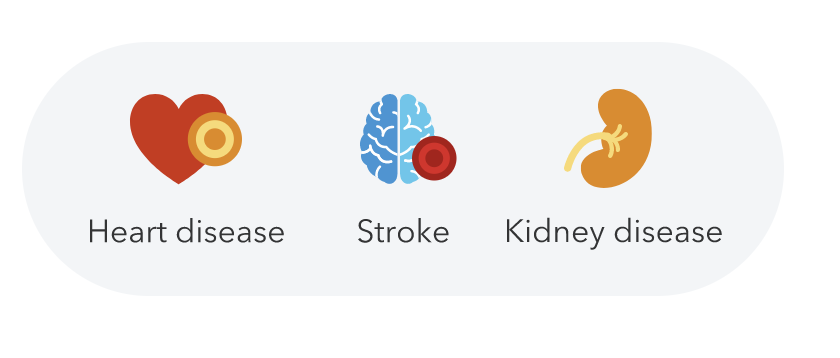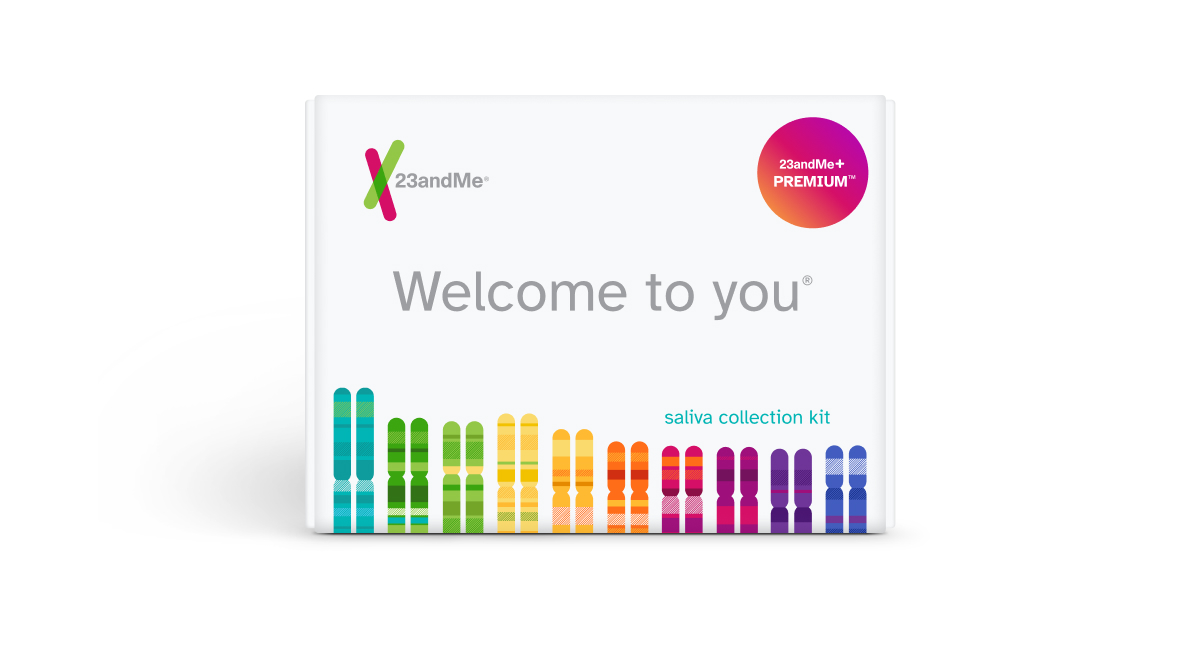Explore High Blood Pressure and what your DNA can tell you
What is high blood pressure?
High blood pressure, also called hypertension, is when the blood puts too much pressure on the walls of the blood vessels. By putting stress on the blood vessels and heart, high blood pressure can increase the risk for heart disease, stroke, and kidney disease.
Is high blood pressure genetic?
Genetics can play a role in high blood pressure. This means some people may be more likely to develop high blood pressure based on their genetics. Family history can also play a role—people with a family history of high blood pressure are more likely to develop the condition themselves, especially if one or both parents had high blood pressure before the age of 55.
Find out how genetic testing for high blood pressure works.

Other factors that may cause an increased likelihood of high blood pressure
Besides genetics, there are other factors that can impact your chances of developing high blood pressure.
Lifestyle factors can play a role: maintaining a healthy weight, eating a low-sodium heart-healthy diet, exercising regularly, and not smoking can help lower the chances of developing high blood pressure. Age is also an important factor, since high blood pressure becomes much more common as people get older. Ethnicity can also play a role: high blood pressure is more common among African Americans than most other ethnicities. Other health conditions like high cholesterol and diabetes can also increase the chances of developing high blood pressure.
Did you know?
In the U.S., as many as 85-90% of people are expected to develop high blood pressure in their lifetime.
Find out if your genetics might increase your likelihood of developing high blood pressure
The High Blood Pressure report (Powered by 23andMe Research) can help you learn what your genetics have to say about your likelihood of developing high blood pressure, part of the 23andMe+ Premium membership. 23andMe+ Premium includes everything in our Health + Ancestry Service plus new premium reports and features throughout the year.

23andMe+ Premium
Please note:
- The High Blood Pressure report does not diagnose high blood pressure and should not be used to make medical decisions.
- The report was developed by 23andMe scientists using data and insights gathered from thousands of customers who consent to participate in our research. Reports based on 23andMe research provide an estimate of your likelihood of developing a condition based on your genetics and other factors. This report does not account for lifestyle or family history.
- The report does not account for every possible genetic variant that could affect your likelihood of developing high blood pressure.
References
Leave a Reply